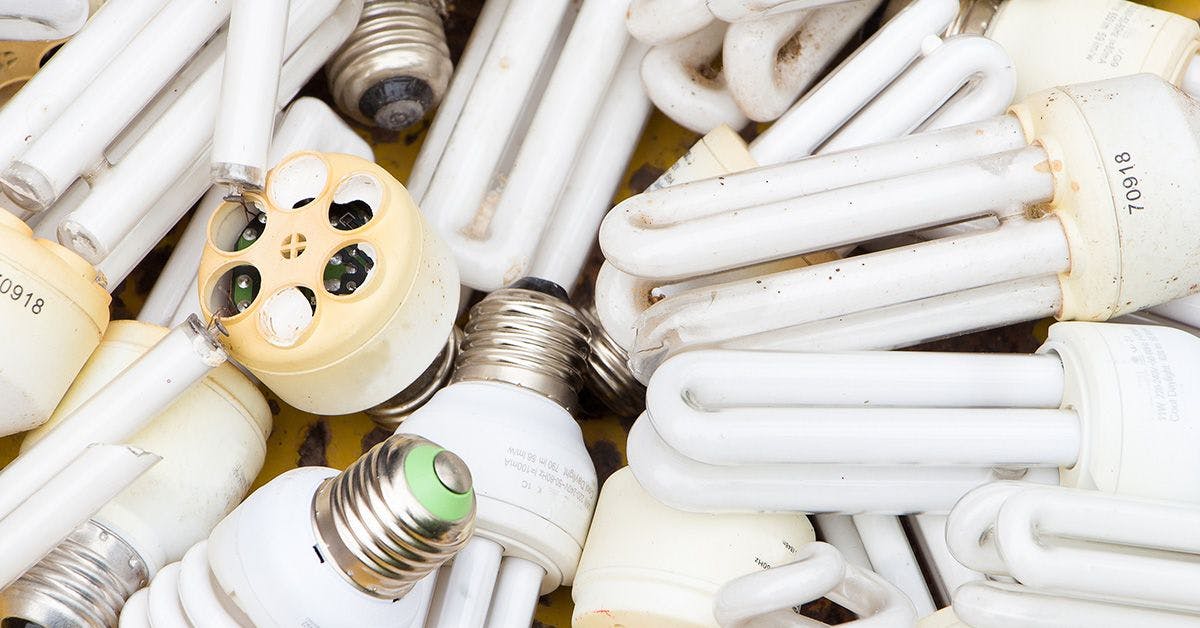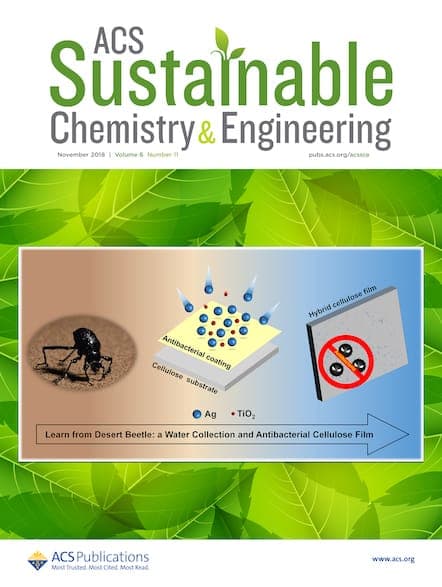A recent study reports on a process based on chromatography controlled by a magnetic field for efficient and selective fractionation of rare earth phosphors from end-of-life fluorescent bulbs.

Rare earth elements (REEs) are crucial to numerous modern technologies—from smartphones and electric vehicles to renewable energy systems. Despite their importance, the rarity and concentrated supply sources of these elements create significant economic and environmental challenges. Traditional recycling methods often fall short due to the complex nature of the waste and the low concentrations of REEs in end-of-life products.
Fluorescent light bulbs are one such product. In addition to preventing the release of mercury into the environment, recycling fluorescent bulbs allows REEs and other useful materials to be repurposed. But despite the rules and regulations surrounding proper recycling and waste management of these bulbs, studies have shown that most still end up in landfills. And many of these destroyed end-of-life bulbs contain a significant amount of tiny glass particles, making REE separation and recycling difficult, expensive, and time-consuming.
To address some of these issues, a new study in ACS Sustainable Chemistry & Engineering introduces a novel method using magnetic field-controlled chromatography to efficiently separate and purify these elements from fluorescent lamp waste. The researchers, from the Institute for Functional Interfaces (IFG) at Karlsruhe Institute of Technology, Germany, developed this advanced separation process using a specially designed chromatography column that operates under an external magnetic field. By carefully selecting materials and designing a multi-coil magnetic field setup, the team was able to manipulate the retention of phosphor particles based on their magnetic properties. This precision allows for the separation of particles under 10 micrometers, which are typically challenging to handle.

Design of a Magnetic Field-Controlled Chromatography Process for Efficient and Selective Fractionation of Rare Earth Phosphors from End-of-Life Fluorescent Lamps
DOI: 10.1021/acssuschemeng.3c05707
Upon testing, the new magnetic chromatography technique was able to achieve purities of up to 95.3% with recovery rates of 93.6% for certain REE phosphors. Remarkably, this method uses minimal amounts of a nontoxic and biodegradable solvent, significantly reducing the environmental impact compared to traditional methods. The process parameters, including the magnetic field gradient and flow rates, were carefully optimized to enhance separation efficiency.
This innovative approach promises to make REE recycling both more economically viable and environmentally sustainable. The authors note that the potential to scale up this technology could lead to its adoption in industrial applications, greatly enhancing the global supply chain for rare earth elements and reducing dependency on primary sources. Additionally, these advances in recycling technology can help decrease the environmental degradation associated with REE mining and improve the stability of REE markets.
The authors are hopeful that their findings will open new avenues for recycling, offering a beacon of hope for a more sustainable future in the use of rare earth elements.
Browse Related Stories on Axial:
Upcycling Cardboard into Greener Foam Packaging
Charging Ahead: Explore Recent Research in Battery Safety and Recycling
